

Articles
What Causes Cracks In Driveway
Modified: September 1, 2024
Learn about the causes of cracks in driveways in our informative articles. Find out how to prevent and repair driveway cracks to maintain a smooth surface.
(Many of the links in this article redirect to a specific reviewed product. Your purchase of these products through affiliate links helps to generate commission for Storables.com, at no extra cost. Learn more)
Introduction
Driveways play a crucial role in the functionality and aesthetics of our homes. They provide a convenient and easily accessible space for vehicles and enhance the overall curb appeal of our properties. However, over time, driveways can develop cracks, compromising their durability and appearance.
Cracks in driveways can be a source of frustration for homeowners, as they not only diminish the visual appeal of the property but can also lead to costly repairs if left unattended. Understanding the common causes of cracks in driveways is essential for preventing and addressing this issue effectively.
In this article, we will explore the various factors that contribute to the formation of cracks in driveways. By identifying these causes, homeowners can take the necessary steps to avoid or mitigate damage, prolonging the lifespan of their driveways and saving money in the long run. Let’s dive into some of the most common causes of driveway cracks.
Key Takeaways:
- Understanding the common causes of driveway cracks, such as aging, improper installation, heavy loads, and climate conditions, empowers homeowners to take proactive measures and preserve the integrity of their driveways for years to come.
- Implementing regular maintenance, addressing drainage issues, and practicing responsible use of driveways can significantly reduce the likelihood of cracks, ensuring a durable and visually appealing driveway for homeowners.
Read more: What Causes A Toilet Bowl To Crack
Common Causes of Cracks in Driveways
Driveway cracks can be caused by a variety of factors, ranging from natural wear and tear to external elements and poor installation. Understanding these causes is crucial for effectively preventing and addressing driveway crack issues. Here are some of the most common causes:
- Aging and Wear: As driveways age, they are exposed to constant use, weather conditions, and the weight of vehicles, leading to gradual deterioration and the formation of cracks. Over time, the surface becomes weaker, making it more vulnerable to cracking.
- Improper Installation: Inadequate or improper installation techniques during the initial construction of the driveway can contribute to cracks. Poorly compacted base materials, inadequate depth, and improper curing can all result in weakened surfaces prone to cracking.
- Heavy Loads and Vehicle Traffic: Excessive weight and vehicle traffic can exert significant pressure on driveways, causing stress and ultimately leading to cracks. Heavy vehicles, such as trucks or RVs, and frequent use of the driveway can accelerate the formation of cracks.
- Climate and Weather Conditions: Driveways exposed to extreme temperatures and weather conditions are more susceptible to cracking. Freezing and thawing cycles, excessive heat, and prolonged exposure to sunlight can cause expansion and contraction of the driveway, leading to cracks.
- Tree Roots and Vegetation: The presence of tree roots near driveways can exert pressure on the surface, causing it to crack. Additionally, the growth of vegetation, such as weeds and grass, can contribute to cracks by infiltrating through existing openings and causing further damage.
- Poor Drainage: Inadequate drainage can result in water pooling on the driveway’s surface. When water seeps into cracks and freezes during colder temperatures, it expands, putting pressure on the surrounding area and causing cracks to form.
- Chemical Spills and Stains: Chemicals such as oil, gasoline, and de-icing agents can weaken the driveway’s surface, making it more prone to cracking. Spills and stains should be cleaned promptly to prevent long-term damage.
- Freezing and Thawing: The repeated cycle of freezing and thawing, particularly in regions with cold climates, can lead to expansion and contraction of the driveway materials. This constant movement can cause cracks to develop over time.
- Settlement and Soil Movement: Uneven or unstable soil beneath the driveway can result in settlement and shifting, putting stress on the surface and leading to cracks. Factors such as improper compaction, erosion, and changes in soil moisture can contribute to this issue.
- Improper Maintenance: Neglecting routine maintenance, such as sealing and filling existing cracks, can accelerate the deterioration of the driveway. Regular maintenance, including cleaning and sealing, can help prevent cracks from forming and extend the lifespan of the driveway.
By understanding the common causes of cracks in driveways, homeowners can take proactive measures to prevent or address these issues promptly. Regular inspection, proper installation techniques, and routine maintenance can go a long way in preserving the integrity and appearance of driveways for years to come.
Aging and Wear
One of the primary causes of cracks in driveways is the natural process of aging and wear. A driveway, like any other surface, undergoes gradual deterioration over time due to constant use, exposure to the elements, and the weight of vehicles.
As a driveway ages, its surface becomes weaker and more susceptible to cracking. The repeated stress of vehicles driving over it can gradually wear down the materials, causing small cracks to form. These cracks may start as hairline fractures but can widen and deepen over time if left untreated.
Factors such as the type of material used for the driveway, the frequency and weight of vehicles using it, and the climate in which it is located can all influence the rate at which aging and wear occur. For example, driveways made of asphalt tend to be more susceptible to wear and cracking compared to concrete driveways.
Regular wear and tear on a driveway can also be exacerbated by external factors such as excessive heat, cold temperatures, or prolonged exposure to sunlight. Climate conditions that involve freezing and thawing cycles can cause the expansion and contraction of the driveway, leading to the formation of cracks.
To help mitigate the effects of aging and wear on a driveway, it’s important to implement proper maintenance practices. Regular cleaning to remove debris and dirt, as well as prompt repair of any visible cracks, can help prolong the lifespan of the driveway. Sealing the driveway with a protective coating can also provide an extra layer of defense against aging and wear.
Additionally, consider reducing the amount of stress placed on the driveway by avoiding heavy or oversized vehicles, especially if the driveway was not designed to handle such loads. Distributing the weight of vehicles evenly across the driveway can help minimize the formation of cracks due to excessive pressure.
By recognizing that aging and wear are natural processes that impact driveways, homeowners can take proactive steps to maintain and address any cracks that may develop. Regular inspections and maintenance, along with proper installation techniques, can help mitigate the effects of aging and wear, ensuring a longer lifespan for the driveway.
Improper Installation
In many cases, cracks in driveways can be attributed to improper installation during the construction phase. The use of incorrect techniques and inadequate materials can compromise the integrity of the driveway and make it more prone to cracking.
Poorly compacted base materials are one of the leading causes of driveway cracks. The base layer serves as the foundation for the driveway, providing stability and support. When the base is not properly compacted, it can result in uneven weight distribution and settling, leading to cracks in the surface.
In addition, the depth of the driveway is an important factor to consider during installation. If the driveway is not constructed with the right depth, it may not be able to withstand the weight of vehicles and regular use, causing stress on the surface and resulting in cracks.
Another aspect of improper installation is inadequate curing. Proper curing involves allowing the concrete or asphalt to dry and harden adequately before being subjected to vehicle traffic. If the curing process is rushed or not done correctly, it can weaken the driveway and lead to cracks sooner.
To prevent cracks due to improper installation, it is essential to hire a reputable and experienced contractor who follows industry best practices. A professional installer will ensure that the base materials are properly compacted, the driveway is constructed to the appropriate depth, and the curing process is given ample time to complete.
If you suspect that your driveway was not installed correctly, it is important to address any visible cracks or signs of damage as soon as possible. Prompt repairs can help prevent further deterioration and increase the longevity of the driveway.
Regular maintenance is also crucial in preventing cracks caused by poor installation. Applying a sealant to the surface of the driveway can help protect it from water penetration, freeze-thaw cycles, and other damaging elements.
By investing in proper installation techniques and conducting regular maintenance, homeowners can avoid the frustration and inconvenience of driveway cracks caused by improper installation.
Heavy Loads and Vehicle Traffic
One of the common causes of cracks in driveways is the consistent pressure and weight exerted by heavy loads and vehicle traffic. Driveways are designed to withstand a certain amount of weight and traffic, but excessive or repetitive heavy loads can lead to stress and eventual cracking.
Heavy vehicles, such as trucks, SUVs, or RVs, can put significant strain on driveways. The weight of these vehicles can exceed the load capacity that the driveway was originally designed to handle, causing the surface to weaken over time.
In addition to heavy vehicles, frequent and repetitive traffic can also contribute to driveway cracking. Each time a vehicle passes over the driveway, it applies pressure to the surface. Over time, this continuous stress can lead to the formation of cracks, especially if the driveway was not constructed to withstand high traffic volumes.
To minimize the impact of heavy loads and vehicle traffic on the driveway, it is important to consider the capacity and limitations of the driveway during construction. Using appropriate materials and reinforcement techniques, such as thicker concrete or reinforced asphalt, can help increase the load-bearing capacity of the driveway.
Furthermore, implementing strategies to distribute the weight more evenly across the driveway can help reduce the stress on specific areas. This can include placing additional support, such as concrete pavers or steel plates, in areas prone to heavy loads.
Regular maintenance is also crucial in preventing cracks due to heavy loads and traffic. Inspecting the driveway for signs of stress or damage and promptly repairing any cracks can help prevent further deterioration.
Lastly, it is essential to educate family members, visitors, and contractors about the limitations of the driveway and encourage them to follow weight restrictions and drive responsibly. This can help minimize the risk of excessive stress on the driveway and prolong its lifespan.
By considering the impact of heavy loads and vehicle traffic during installation and adopting preventive maintenance practices, homeowners can minimize the occurrence of cracks in their driveways.
Read more: What Causes Glass Cooktop To Crack
Climate and Weather Conditions
Climate and weather conditions play a significant role in the formation of cracks in driveways. Extreme temperatures, freezing and thawing cycles, and prolonged exposure to sunlight can all contribute to the deterioration and cracking of the driveway surface.
In regions with cold climates, freezing and thawing cycles can be particularly damaging. When water seeps into the cracks or pores of the driveway, it freezes during colder temperatures, causing it to expand. This expansion puts pressure on the surrounding materials and weakens the structure, leading to the formation of cracks.
On the other hand, hot weather and prolonged exposure to sunlight can cause the driveway material to expand. This expansion can lead to the development of cracks, especially if there are pre-existing weaknesses or stress points in the surface.
Additionally, excessive heat and UV radiation can cause the driveway to become brittle and more susceptible to cracking over time. The constant exposure to the sun’s rays can degrade the materials, making them more prone to damage from vehicle traffic and other external factors.
To mitigate the effects of climate and weather conditions on driveways, homeowners can take several proactive measures. Applying a high-quality sealant to the driveway can help protect it from water penetration and minimize the risk of freeze-thaw damage.
In cold climates, using de-icing agents sparingly and avoiding harsh chemicals, such as rock salt, can help prevent the acceleration of cracking due to freeze-thaw cycles.
In hot climates, providing shade to the driveway through landscaping or installing a carport or canopy can help reduce the direct exposure to sunlight and minimize expansion and cracking.
Regular inspection and maintenance are also crucial in identifying and addressing cracks caused by climate and weather conditions. Promptly repairing any cracks or damage that may occur can prevent further deterioration and extend the lifespan of the driveway.
By understanding the impact of climate and weather conditions on driveways and implementing preventive measures, homeowners can minimize the formation of cracks and ensure the longevity of their driveways.
Tree Roots and Vegetation
Tree roots and vegetation can be a significant cause of cracks in driveways. As trees grow, their roots expand and exert pressure on the surrounding ground, including the driveway. Over time, this pressure can lead to the development of cracks or even cause the driveway to buckle or heave.
The proximity of trees to the driveway is an important consideration. The larger the tree and the closer its roots are to the driveway, the higher the potential for damage. It’s important to note that not all tree species have aggressive or expansive root systems, so researching the types of trees suitable for planting near driveways is crucial.
In addition to tree roots, other types of vegetation, such as weeds, grass, or moss, can contribute to driveway cracking. When these plants grow in the cracks or joints of the driveway, their roots can push against the surface, causing it to crack or weaken.
Preventing driveway cracks caused by tree roots and vegetation requires strategic planning and regular maintenance. Before planting trees near the driveway, consult with an arborist or landscaping professional to select tree species with a less invasive root system. Planting trees at a safe distance from the driveway can help minimize the risk of root-related damage.
To control vegetation growth, it’s important to regularly remove any weeds, grass, or moss that may start to encroach on the driveway. This can be done manually or with the help of herbicides, following proper safety guidelines.
It’s worth noting that cutting tree roots close to the surface can cause stress on the tree and lead to other problems. If you suspect significant root damage, consult with a professional arborist for guidance on mitigating the issue without harming the tree.
Regular inspection and maintenance of the driveway can help identify any early signs of root-related damage or vegetation encroachment. Promptly addressing these issues, such as filling cracks and removing or managing vegetation, can help prevent further deterioration and maintain the integrity of the driveway.
By taking precautions when planting trees near driveways and maintaining a vigilant approach to vegetation control, homeowners can minimize the risk of driveway cracks caused by tree roots and vegetation.
To prevent cracks in your driveway, make sure to properly prepare the base before laying the asphalt or concrete, and regularly seal and maintain the surface to protect it from water and weather damage.
Poor Drainage
Poor drainage is a significant factor that can contribute to the formation of cracks in driveways. When water does not drain properly from the surface of the driveway, it can accumulate and seep into cracks, leading to increased pressure, expansion, and eventual cracking.
Inadequate drainage can be caused by various factors, including improper slope or grading, absence of drainage channels or gutters, or the presence of obstructions that hinder the flow of water. If water is not able to flow away from the driveway efficiently, it can pool and saturate the surface, causing damage over time.
Furthermore, in regions where temperature fluctuations occur, poor drainage can exacerbate the problem. When water seeps into cracks or pores in the driveway and freezes during colder temperatures, it expands, putting pressure on the surrounding materials. This expansion can lead to the widening and lengthening of cracks.
To address poor drainage and prevent crack formation, it is important to ensure that the driveway has proper slope and grading. The driveway should be designed in a way that allows water to flow away from the surface, either towards a designated drainage system or away from the property.
In some cases, the installation of drainage channels or gutters along the driveway can help divert water away from the surface, preventing pooling and saturation. These systems should be regularly maintained to ensure they are free of debris and functioning effectively.
Additionally, inspecting the driveway and promptly repairing any visible cracks or gaps can help prevent water from seeping into the underlying layers and causing further damage.
Landscaping around the driveway should also be planned carefully to avoid blocking the natural flow of water. Planting vegetation or installing barriers that encourage water to flow away from the driveway can assist in preventing excessive moisture buildup.
By addressing poor drainage issues and ensuring that water is effectively diverted away from the driveway, homeowners can minimize the risk of cracks caused by water penetration and pressure.
Chemical Spills and Stains
Chemical spills and stains can significantly impact the integrity of a driveway, leading to the formation of cracks. Chemicals such as oil, gasoline, de-icing agents, and other harsh substances can weaken the surface of the driveway, making it more prone to cracking and deterioration.
When chemicals come into contact with the driveway, they can penetrate the surface, causing it to become brittle and vulnerable to damage. Over time, the repeated exposure to these chemicals can lead to the development of cracks.
It’s important to promptly clean up any chemical spills on the driveway to minimize the risk of damage. Absorbent materials, such as kitty litter or sand, can be used to soak up the spill before it seeps into the surface. Avoid using excessive water, as it can push the chemicals deeper into the driveway.
In addition to accidental spills, frequent or prolonged contact with chemicals can cause staining and deterioration. Regular oil leaks from vehicles, for example, can weaken the driveway and contribute to crack formation.
Preventing cracks caused by chemical spills and stains involves taking proactive measures. It’s important to practice proper maintenance and cleanup protocols, especially when it comes to vehicles that may leak fluids.
Applying a sealant or protective coating to the driveway can act as a barrier, reducing the risk of chemical penetration and increasing resistance to stains and damage. Regularly inspecting the driveway and promptly addressing any stains or spills can help prevent long-term damage.
If spills or stains have already occurred, there are various cleaning solutions and techniques available. However, it’s important to follow the manufacturer’s instructions and use appropriate safety precautions when handling chemicals.
By being cautious with chemical usage, promptly cleaning up spills, and implementing preventive measures, homeowners can minimize the risk of cracks caused by chemical exposure and ensure the longevity of their driveways.
Read more: What Causes Cracks In Brick Walls
Freezing and Thawing
Freezing and thawing cycles are a common cause of cracks in driveways, particularly in regions with cold climates. The repeated fluctuation between freezing temperatures and warmer conditions can put significant stress on the driveway materials, leading to cracking and deterioration.
When water penetrates the surface of the driveway and then freezes, it expands. This expansion exerts pressure on the surrounding materials, causing them to crack or weaken. As the temperature rises and the ice melts, the driveway materials contract, further contributing to the formation of cracks.
Over time, with each freezing and thawing cycle, the cracks can widen and deepen, causing more significant damage to the driveway’s surface.
To mitigate the effects of freezing and thawing on driveways, it is important to implement preventive measures. Applying a sealant to the surface of the driveway can help protect it from water penetration and minimize the risk of freeze-thaw damage.
Additionally, ensuring that the driveway has proper drainage will help prevent the accumulation of water on the surface. Pooling water can seep into existing cracks and exacerbate the effects of freezing and thawing cycles.
During the winter months, it’s also essential to use proper snow and ice removal techniques. Avoid using harsh chemicals, such as rock salt, as they can further accelerate the deterioration of the driveway. Instead, opt for alternative de-icing methods or use sand for added traction.
Regular inspection and maintenance are crucial in identifying and addressing cracks caused by freezing and thawing. Promptly repairing any cracks or damage that may occur can prevent further deterioration and maintain the integrity of the driveway.
By understanding the impact of freezing and thawing cycles on driveways and implementing preventive measures, homeowners can minimize the formation of cracks and ensure the longevity of their driveways even in cold weather conditions.
Settlement and Soil Movement
Settlement and soil movement are common causes of cracks in driveways. These issues occur when the soil beneath the driveway undergoes changes in its structure or when the ground settles unevenly, causing stress and cracking in the driveway surface.
Several factors can contribute to settlement and soil movement. Improper compaction during the initial construction of the driveway can lead to uneven settling over time. Changes in soil moisture levels, erosion, and natural soil movement can also cause shifts and settlement in the ground.
Uneven settlement and soil movement can put stress on the driveway, leading to cracks and damage. If the driveway has different areas of settlement, it can result in uneven surfaces and create additional stress points.
To prevent cracks caused by settlement and soil movement, it’s essential to address any underlying soil issues before installing the driveway. Proper soil preparation, including compaction and stabilization, can help minimize the risk of settlement and provide a stable foundation for the driveway.
Regular inspection of the driveway can help identify signs of settlement or uneven surfaces. If uneven settlement is detected, it may be necessary to consult with a professional to assess the issue and determine the appropriate remediation measures, such as soil stabilization or foundation repair.
Additionally, addressing drainage issues can help prevent settlement and soil movement. Poor drainage can lead to saturated soil, causing it to become unstable and prone to shifting and settlement. Ensuring proper drainage away from the driveway can help maintain the stability of the soil.
Regular maintenance, including filling in any visible cracks and monitoring for signs of settlement, is also crucial in preventing further damage. Prompt repair of any cracks or gaps can help minimize the risk of water infiltrating the soil and exacerbating settlement issues.
By addressing settlement and soil movement issues promptly and implementing proper soil preparation techniques, homeowners can minimize the formation of cracks caused by these factors and maintain a stable and durable driveway.
Improper Maintenance
Improper maintenance is a significant cause of driveway cracks. Neglecting routine maintenance tasks can accelerate the deterioration of the driveway surface and contribute to the formation of cracks.
Regular maintenance is crucial in preserving the integrity and appearance of driveways. Failure to implement proper maintenance practices can leave the driveway vulnerable to various factors, including weather conditions, vehicle traffic, and wear and tear.
One aspect of maintenance is cleaning the driveway regularly. Dirt, debris, and organic materials can accumulate on the surface, trapping moisture and causing the driveway to deteriorate. Regular sweeping or power washing can help remove these substances and prevent the buildup of damaging elements.
Another critical maintenance task is sealing the driveway. Applying a high-quality sealant can protect the surface from water penetration, UV damage, and the effects of freeze-thaw cycles. Sealants act as a barrier, preventing cracks from forming and extending the lifespan of the driveway.
Proper care must also be taken to address any cracks that may develop over time. Promptly filling in cracks using appropriate materials and techniques can prevent them from widening and causing more significant damage to the driveway.
It’s important to approach crack repairs with the right products and methods. Using a suitable crack filler or sealant, following the manufacturer’s instructions, and ensuring proper curing can help ensure a long-lasting repair.
Regular inspections are essential in identifying any signs of wear, stress, or damage. By conducting visual inspections and addressing any issues as soon as they arise, homeowners can prevent minor cracks from escalating into more significant problems over time.
Additionally, practicing responsible use of the driveway can contribute to its longevity. Avoiding excessive weight from heavy vehicles or machinery and refraining from harsh maneuvers or sudden movements can help minimize stress on the surface.
By implementing a comprehensive and proactive maintenance plan, homeowners can significantly reduce the likelihood of driveway cracks. Routine cleaning, sealing, crack repairs, and inspections can help preserve the appearance and functionality of the driveway, saving homeowners time and money in the long run.
Conclusion
Cracks in driveways can be a common and frustrating issue for homeowners. Understanding the various causes of these cracks is essential for preventing and addressing them effectively.
From aging and wear to improper installation, heavy loads, climate conditions, tree roots, poor drainage, chemical spills, freezing and thawing, settlement, and improper maintenance, there are several factors that can contribute to the formation of cracks in driveways.
By being aware of these causes and taking proactive measures, homeowners can minimize the risk of cracks and extend the lifespan of their driveways. Proper installation techniques, including adequate base preparation and curing, can help prevent cracks from occurring in the early stages.
Avoiding excessive weight and vehicle traffic, practicing responsible use of the driveway, and addressing drainage issues can help reduce stress on the surface and minimize the potential for cracking. Adequate maintenance, such as regular cleaning, sealing, and prompt repair of cracks, is crucial in preserving the driveway’s integrity and preventing further damage.
Understanding the impact of weather conditions, such as freezing and thawing cycles, and taking preventive measures can help minimize cracking caused by these climates.
By selecting suitable tree species and managing vegetation growth near driveways, homeowners can reduce the risk of root-related damage. Additionally, addressing chemical spills and stains promptly can prevent the degradation and weakening of the driveway surface.
Regular inspections and proactive maintenance are key in identifying and addressing any signs of settlement, soil movement, or improper maintenance. Taking swift action and implementing appropriate remedies can prevent further damage and maintain the stability and functionality of the driveway.
In conclusion, by understanding the common causes of cracks in driveways and adopting preventive measures, homeowners can ensure the longevity and attractiveness of their driveways. Regular maintenance, proactive measures, and timely repairs are essential in preserving the condition of driveways and minimizing the incidence of cracks.
By investing time and effort in proper installation, maintenance, and addressing any issues promptly, homeowners can enjoy a durable and appealing driveway for years to come.
Frequently Asked Questions about What Causes Cracks In Driveway
Was this page helpful?
At Storables.com, we guarantee accurate and reliable information. Our content, validated by Expert Board Contributors, is crafted following stringent Editorial Policies. We're committed to providing you with well-researched, expert-backed insights for all your informational needs.
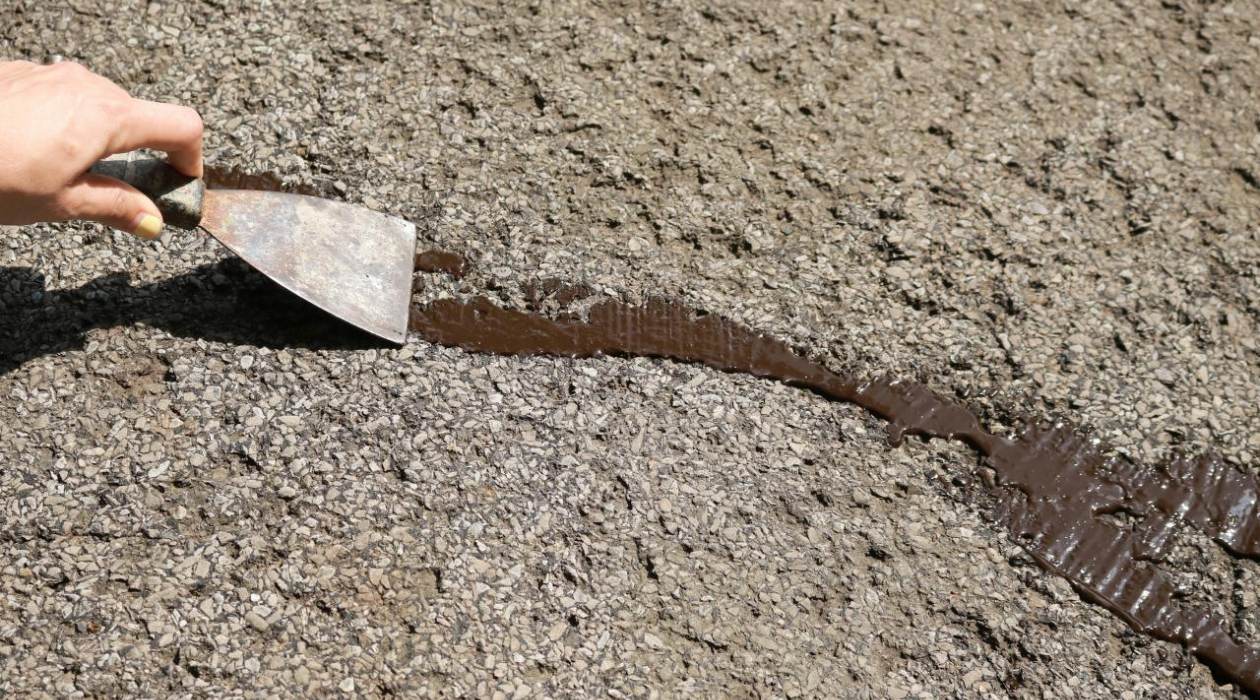
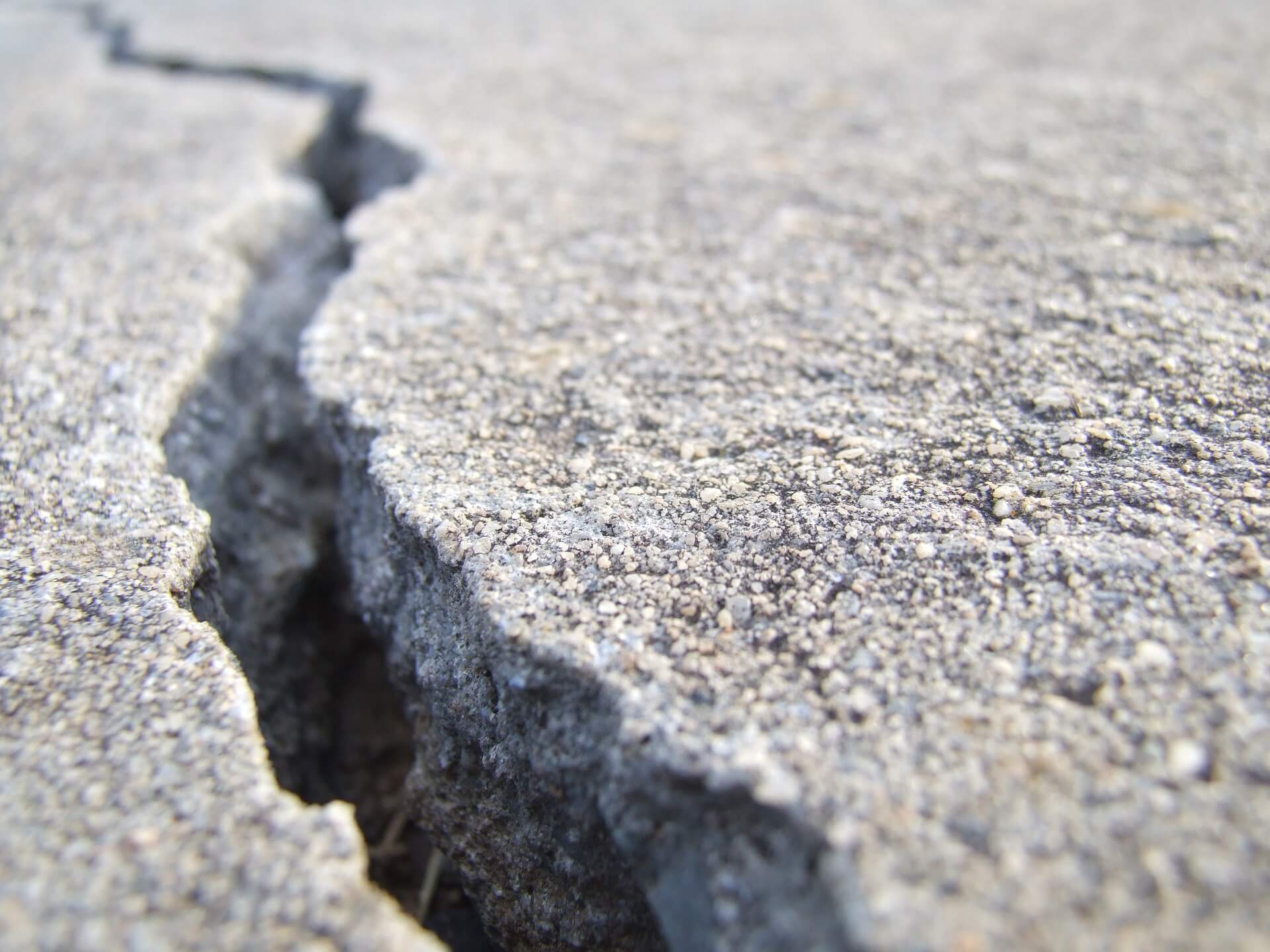
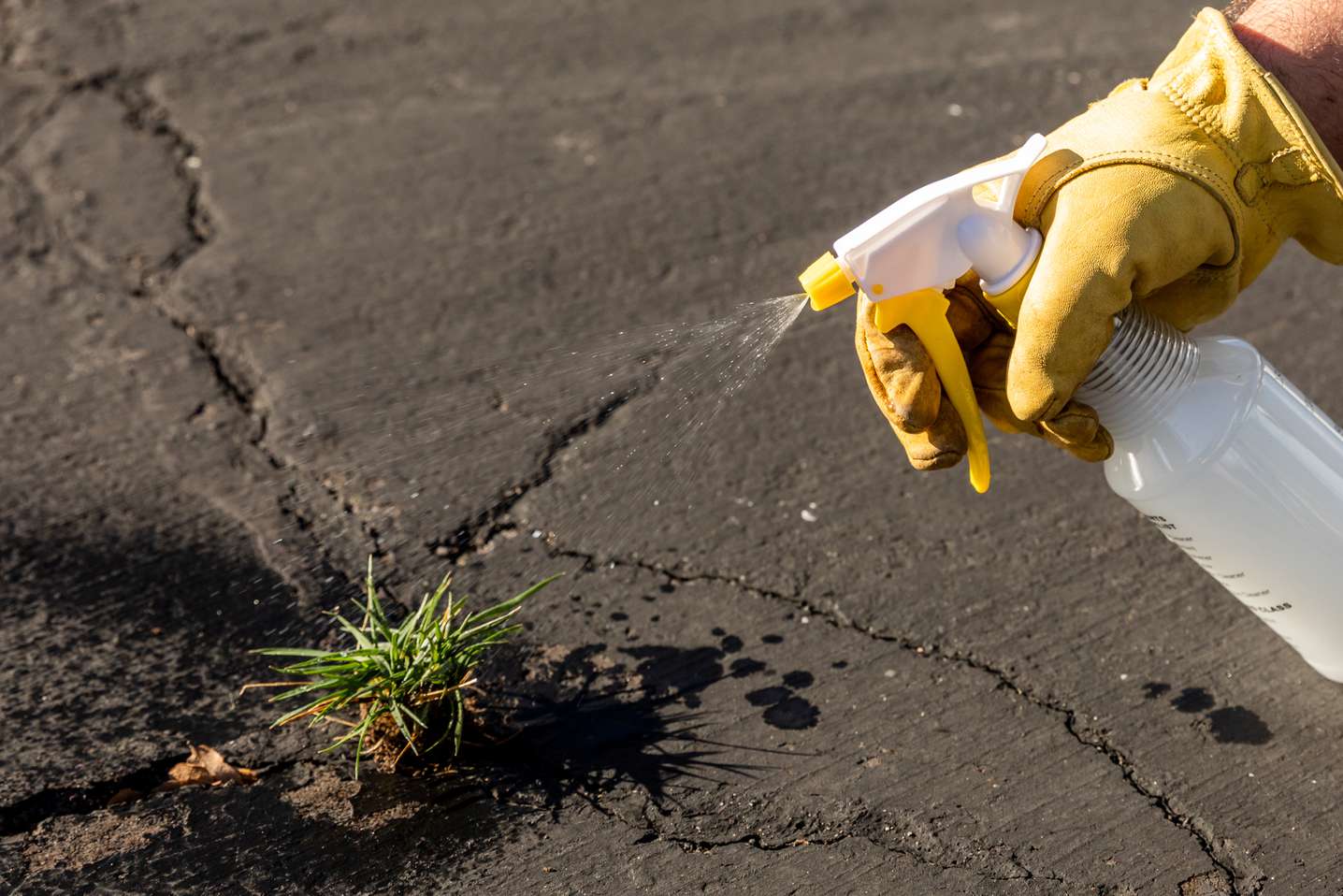
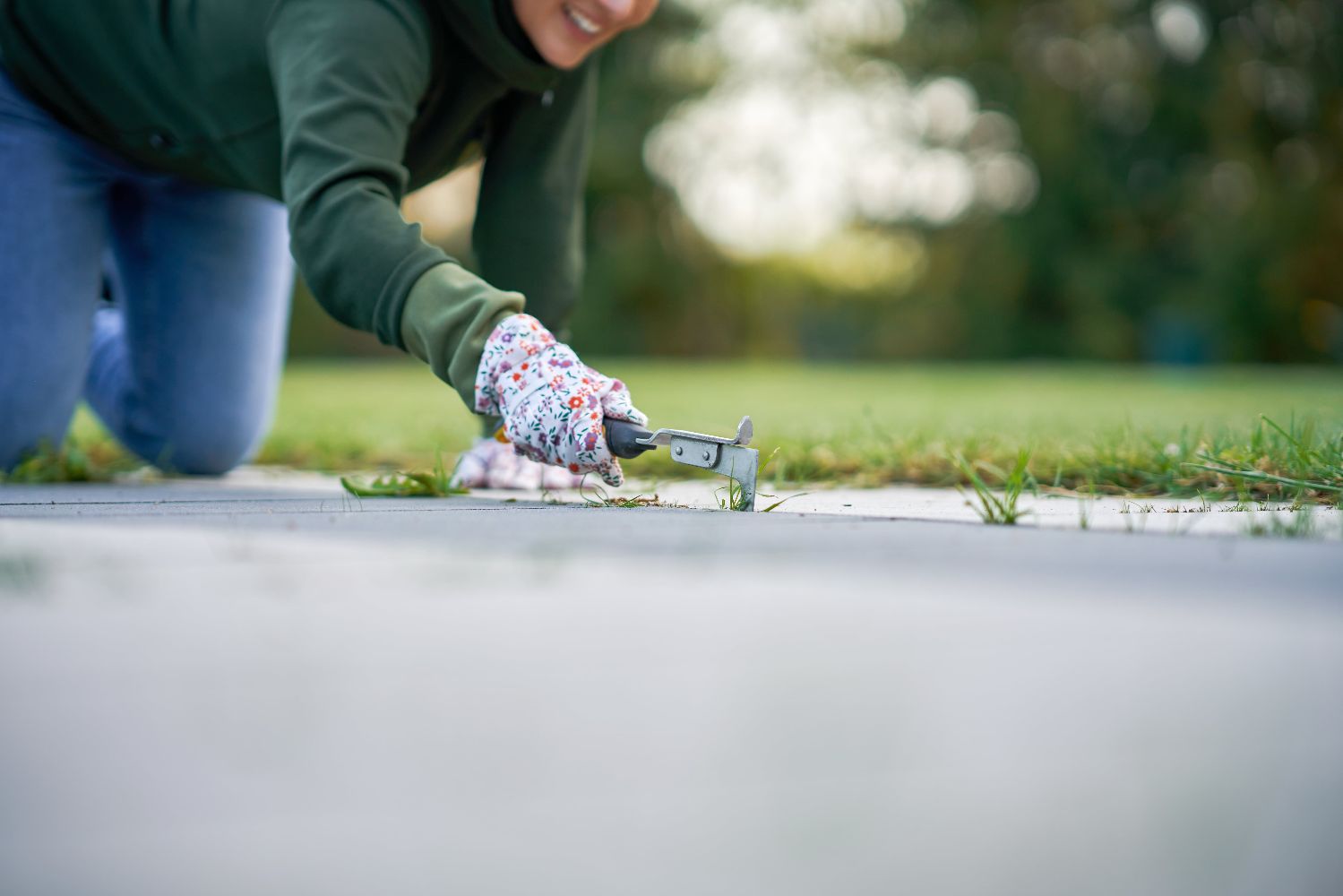
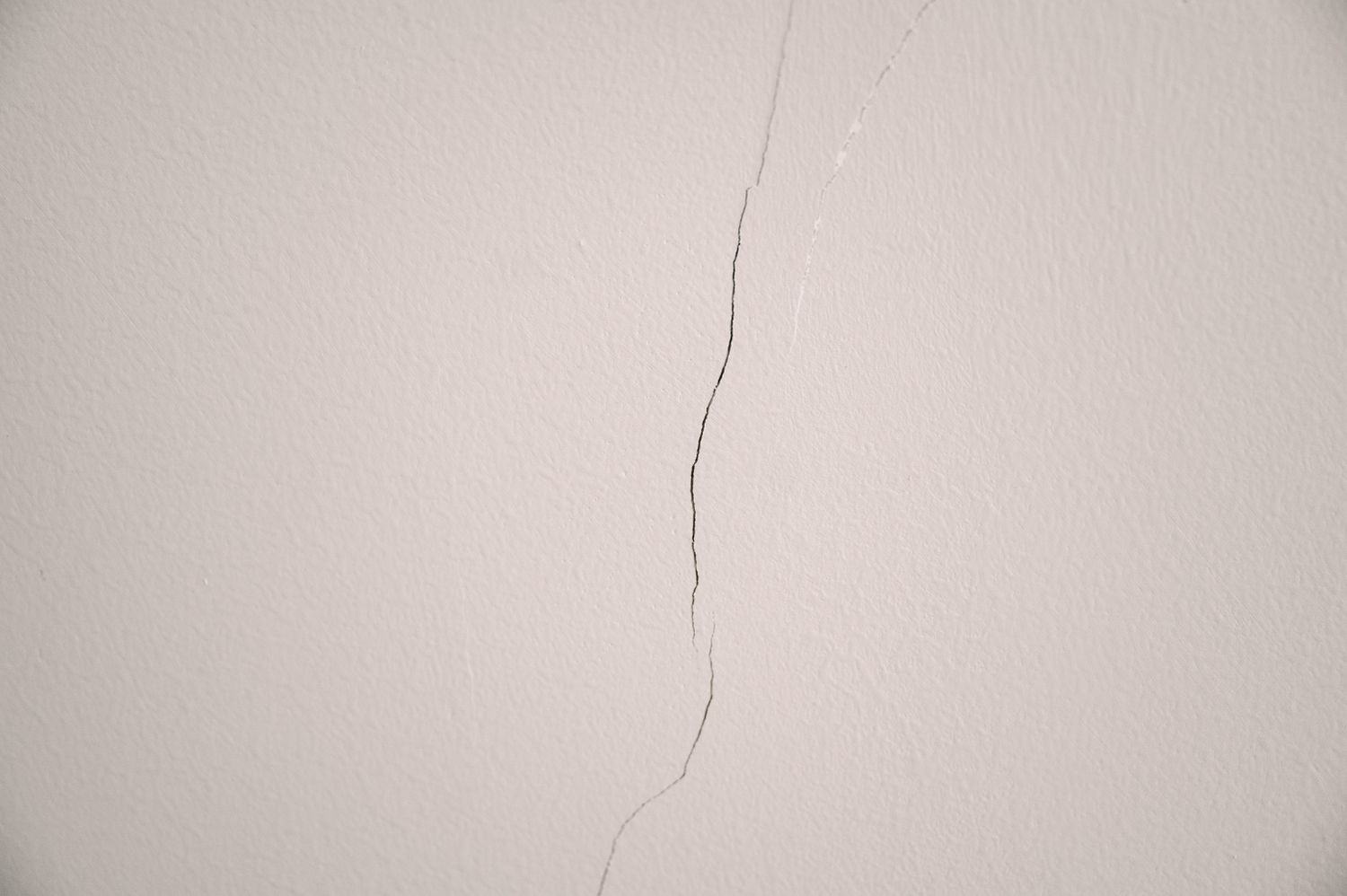
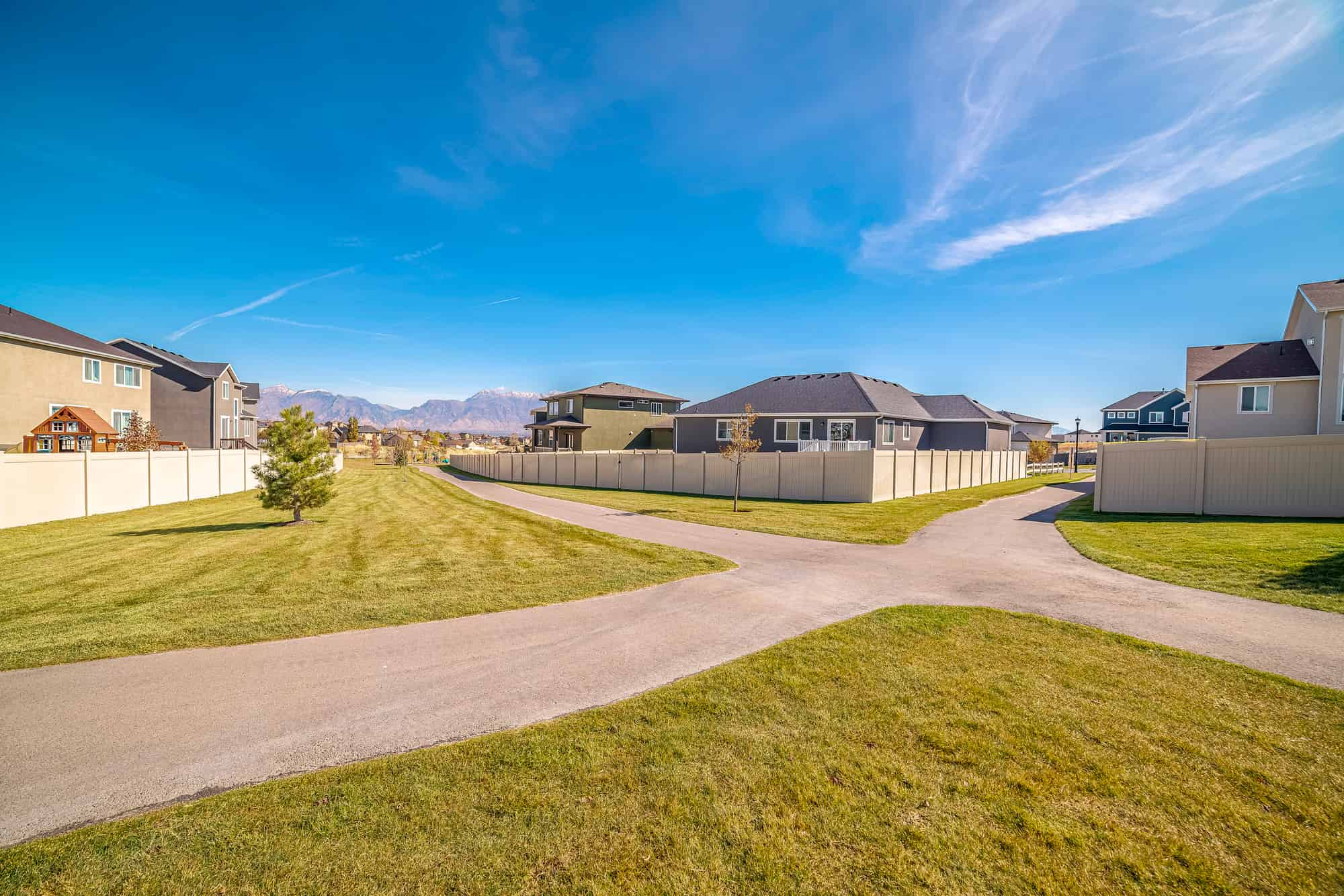
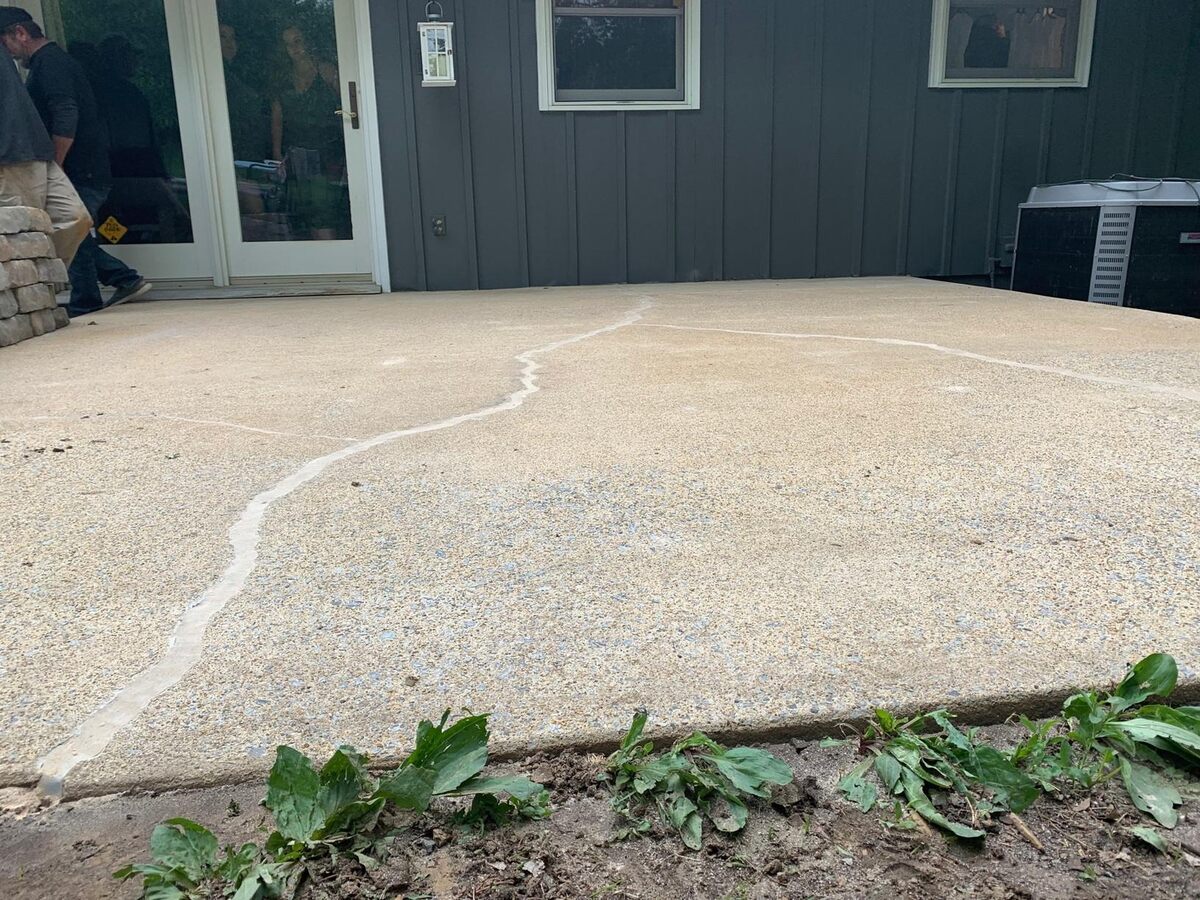



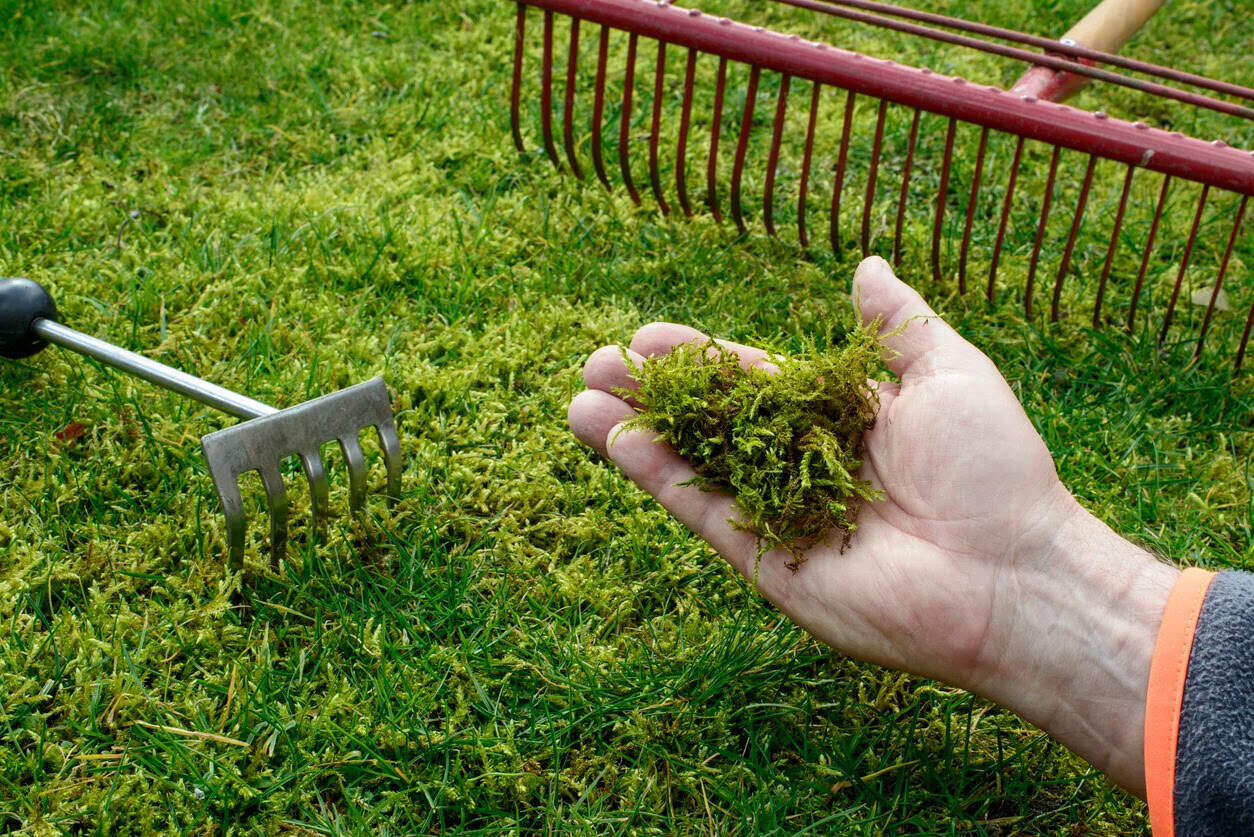
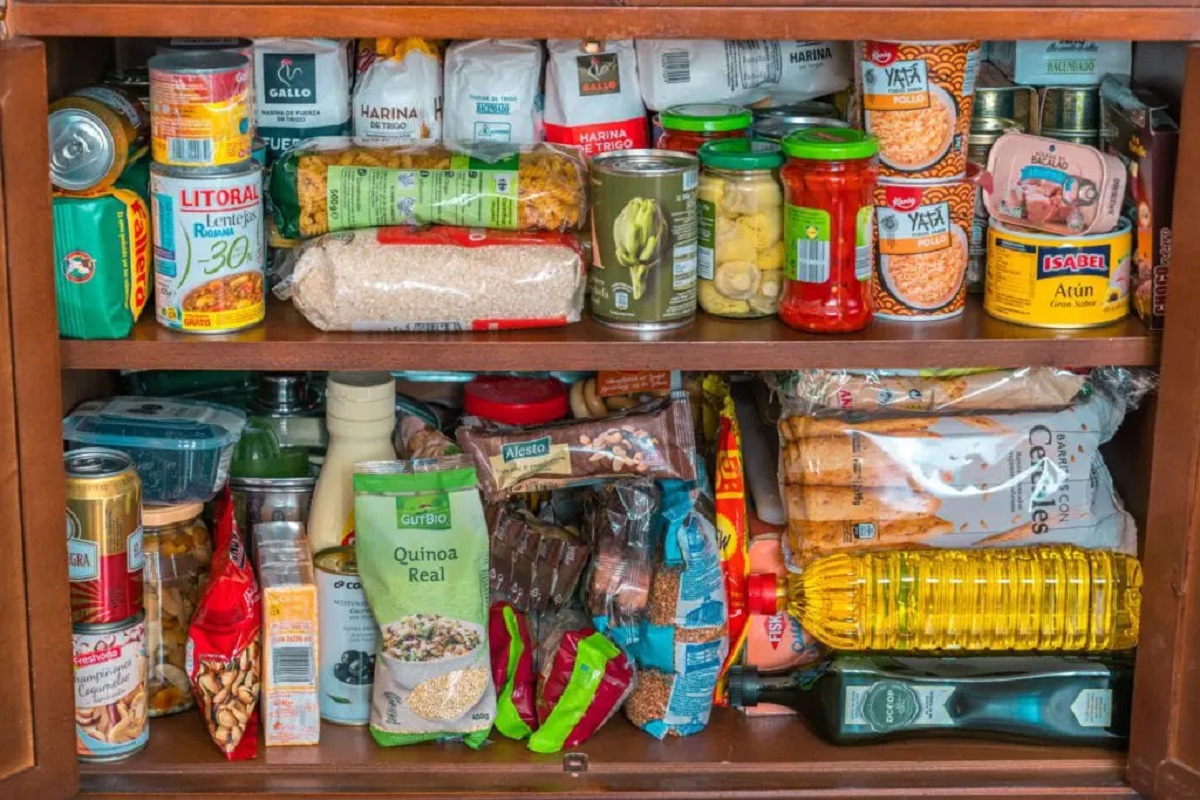
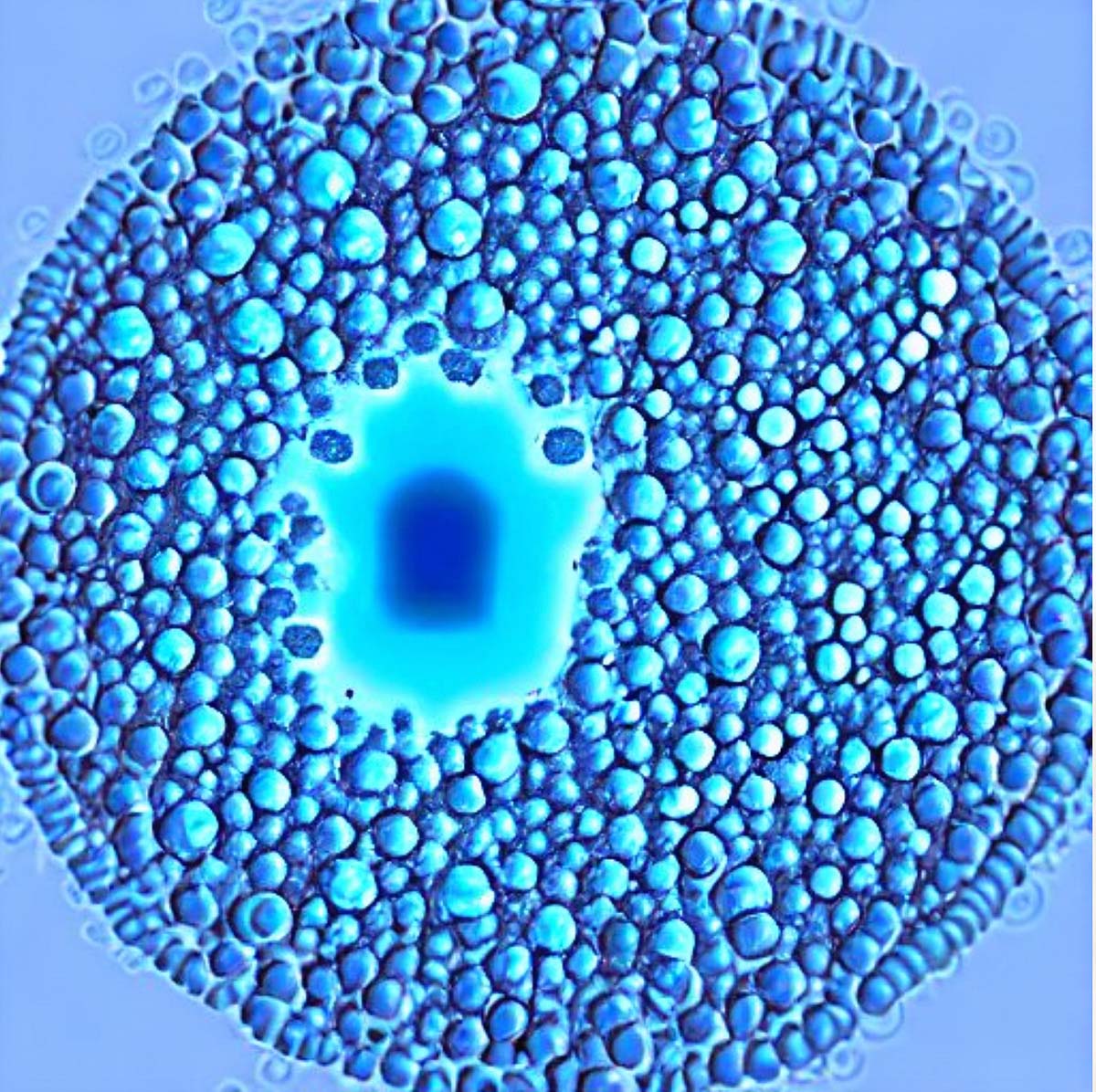

0 thoughts on “What Causes Cracks In Driveway”